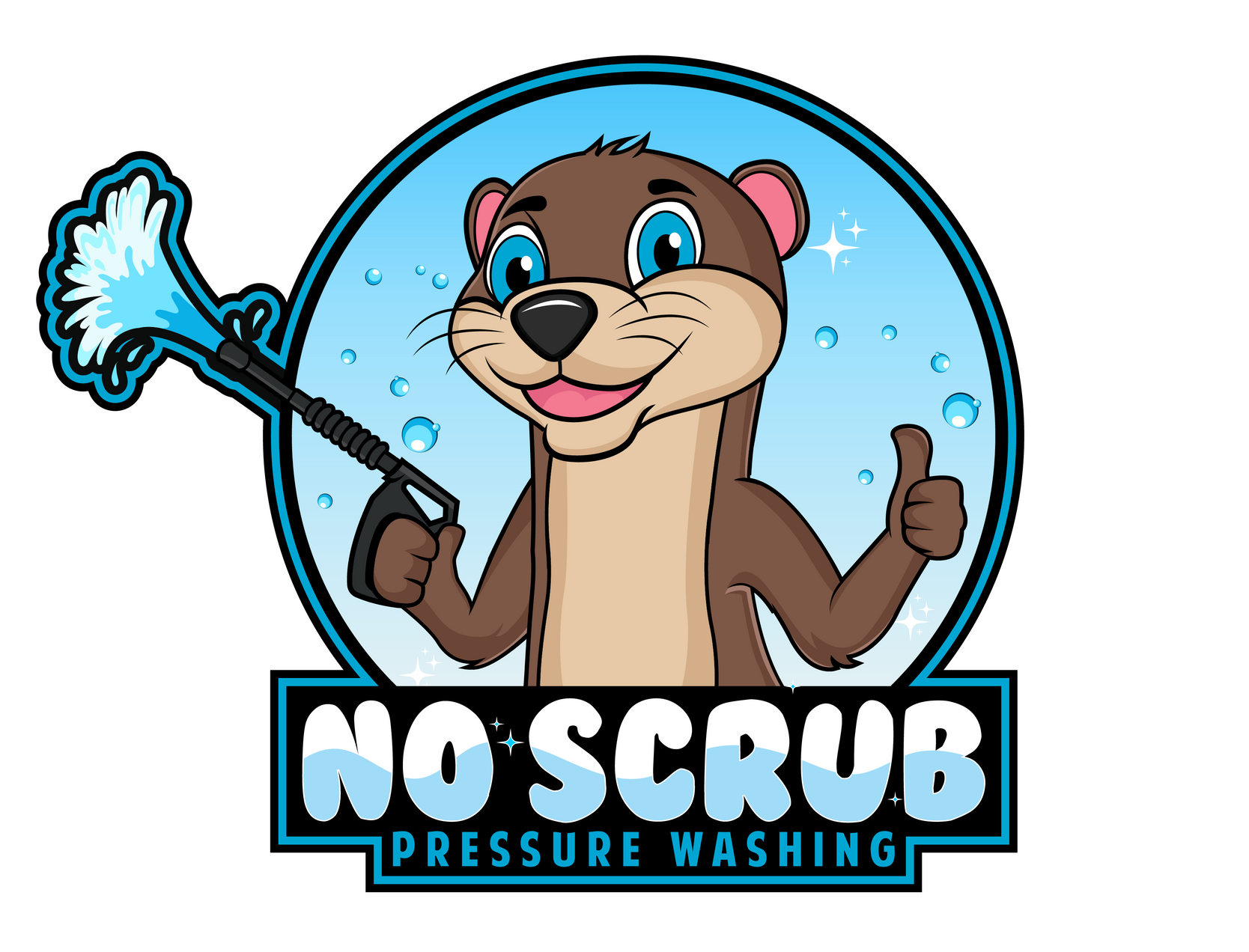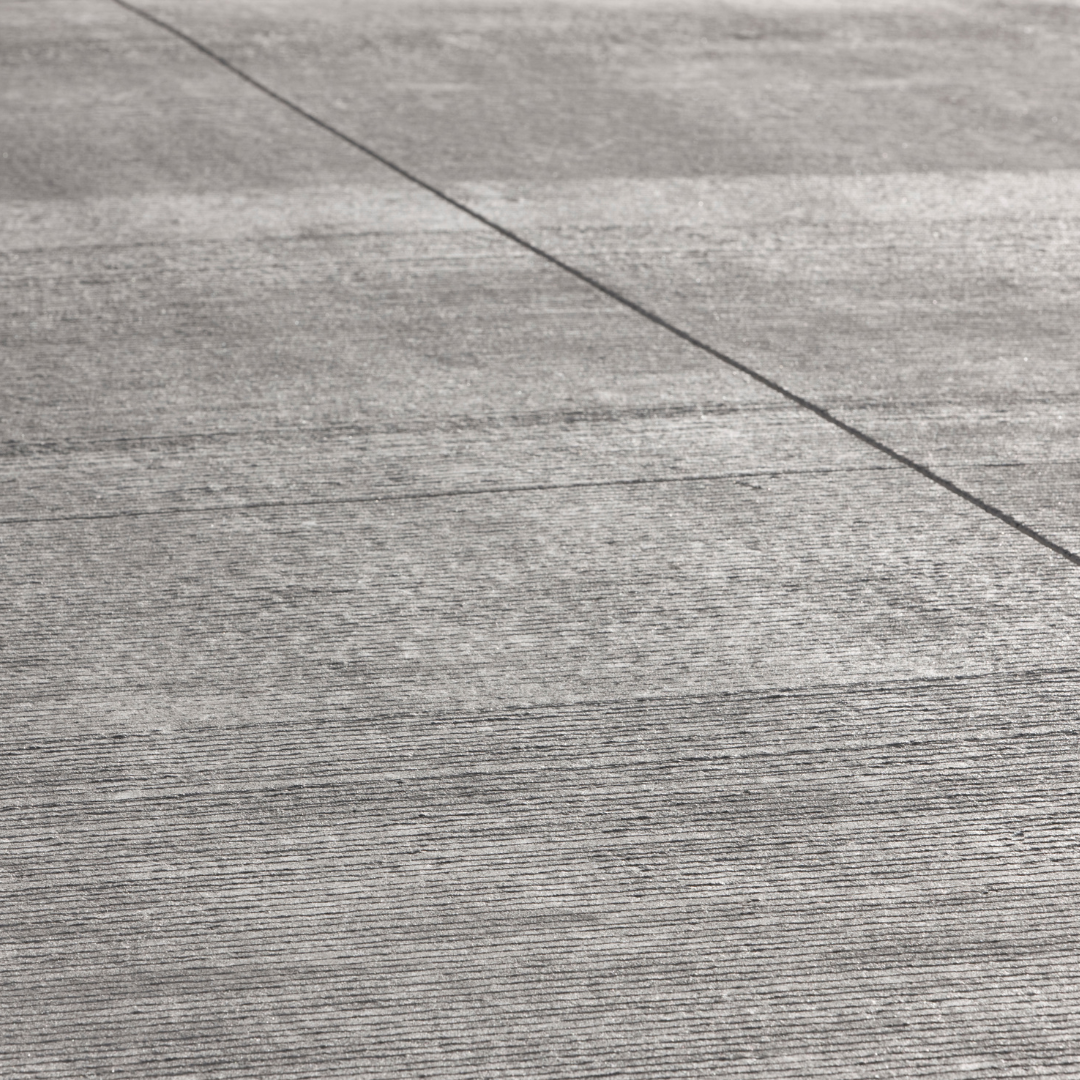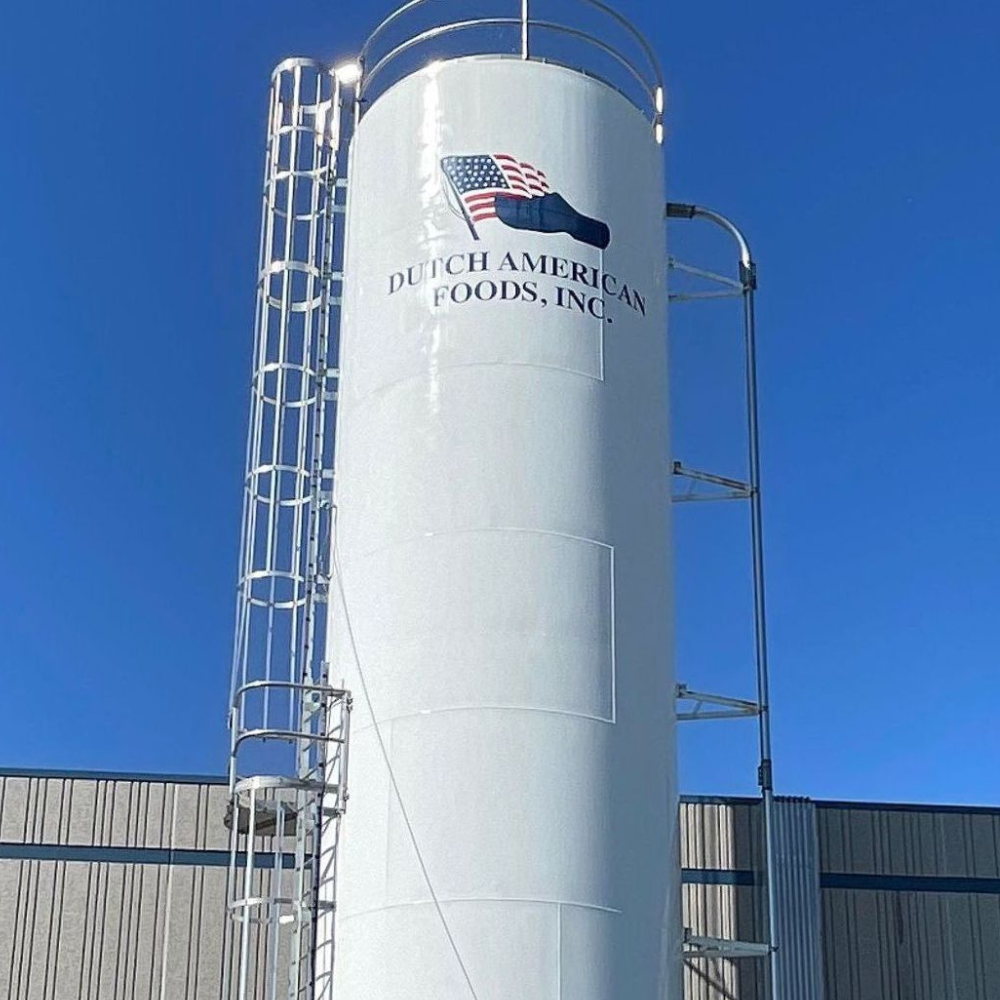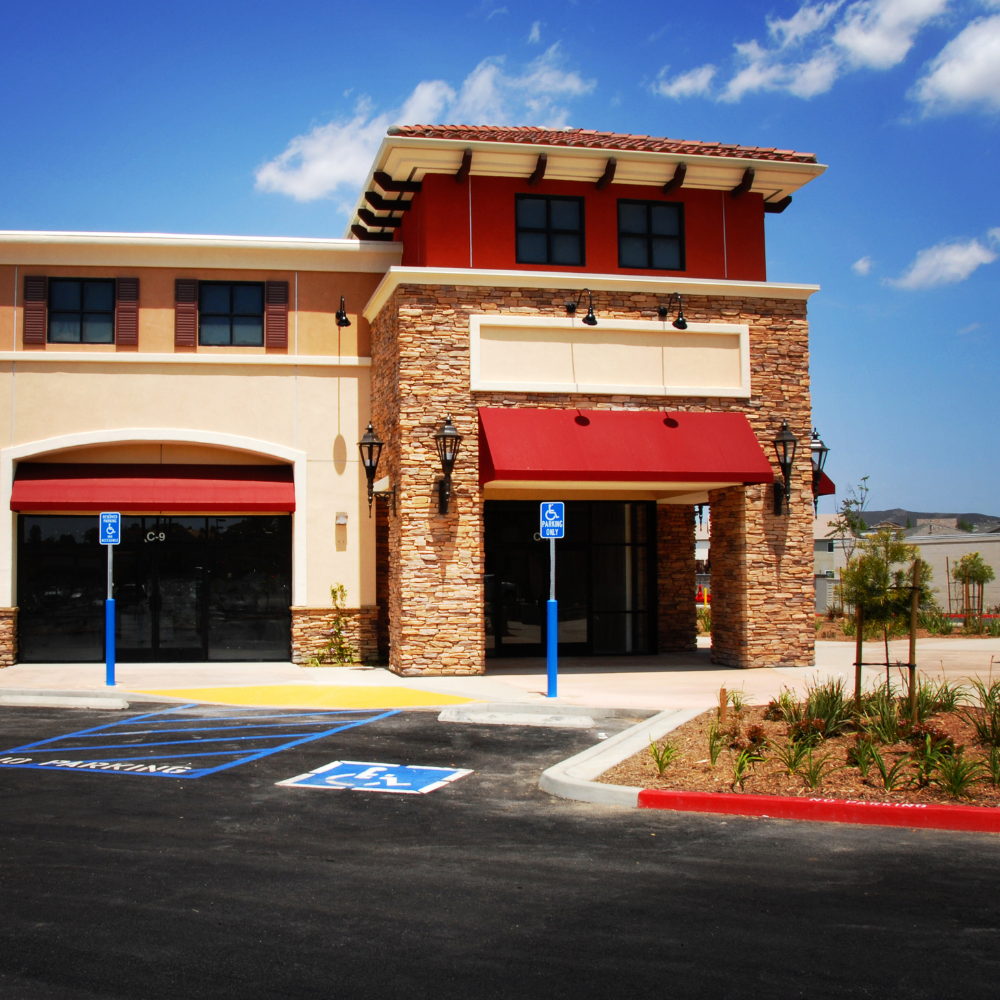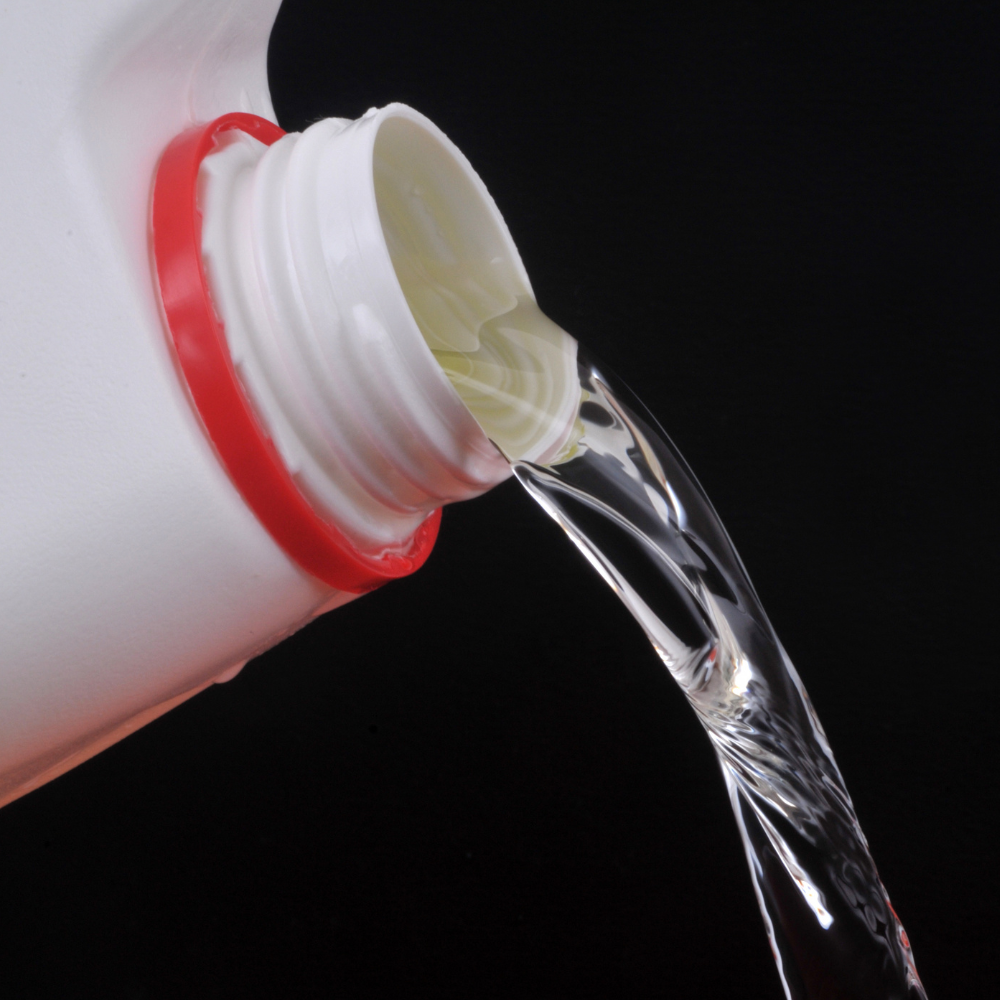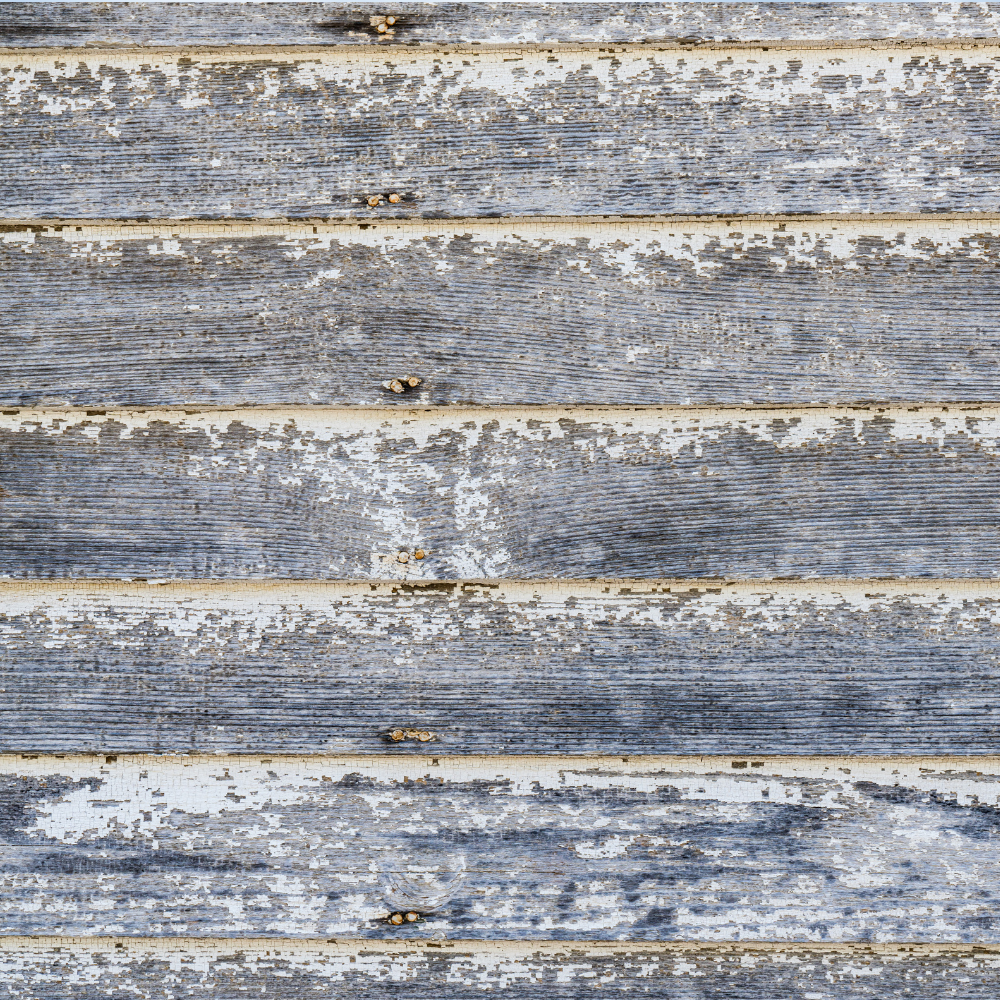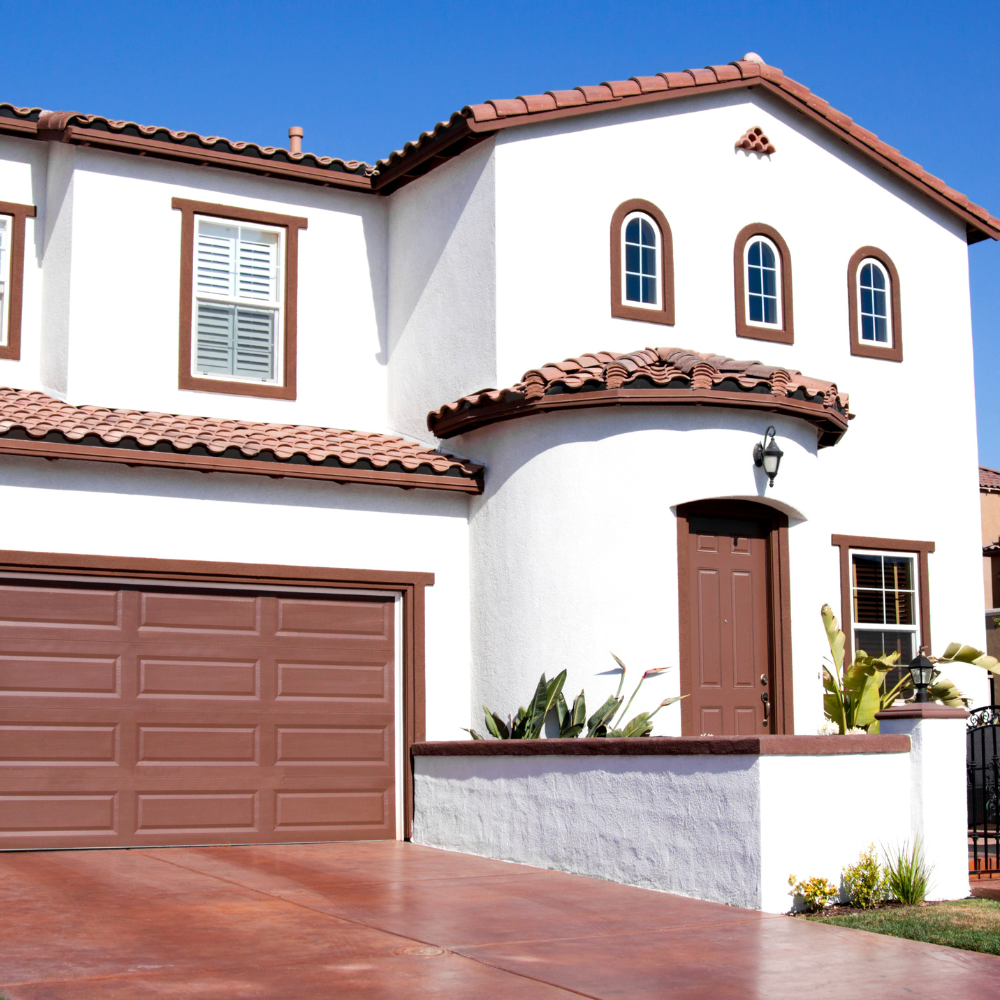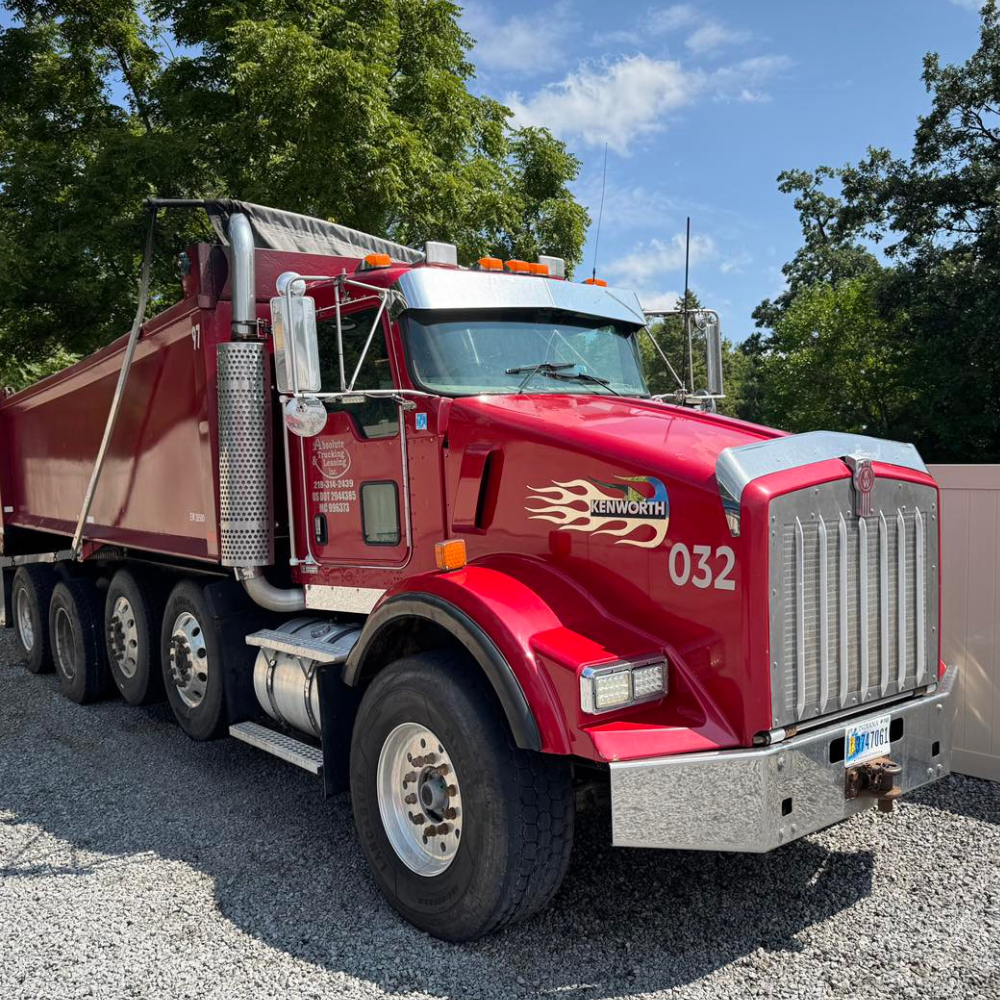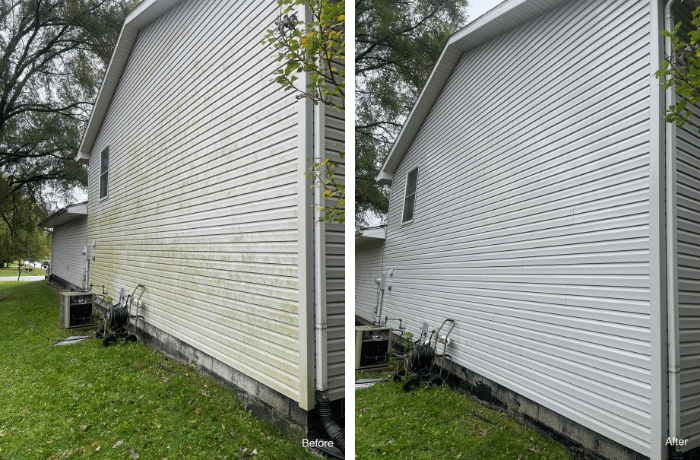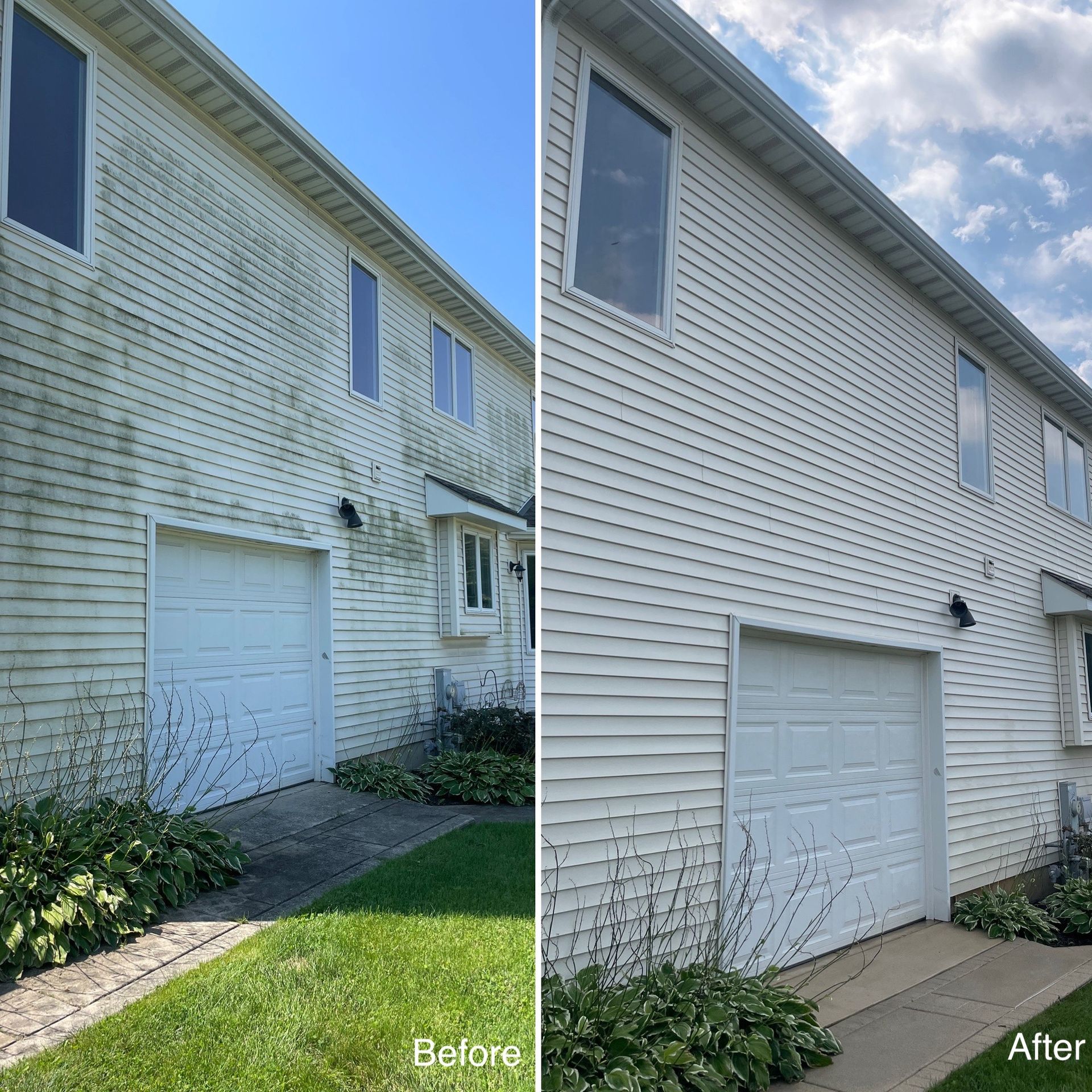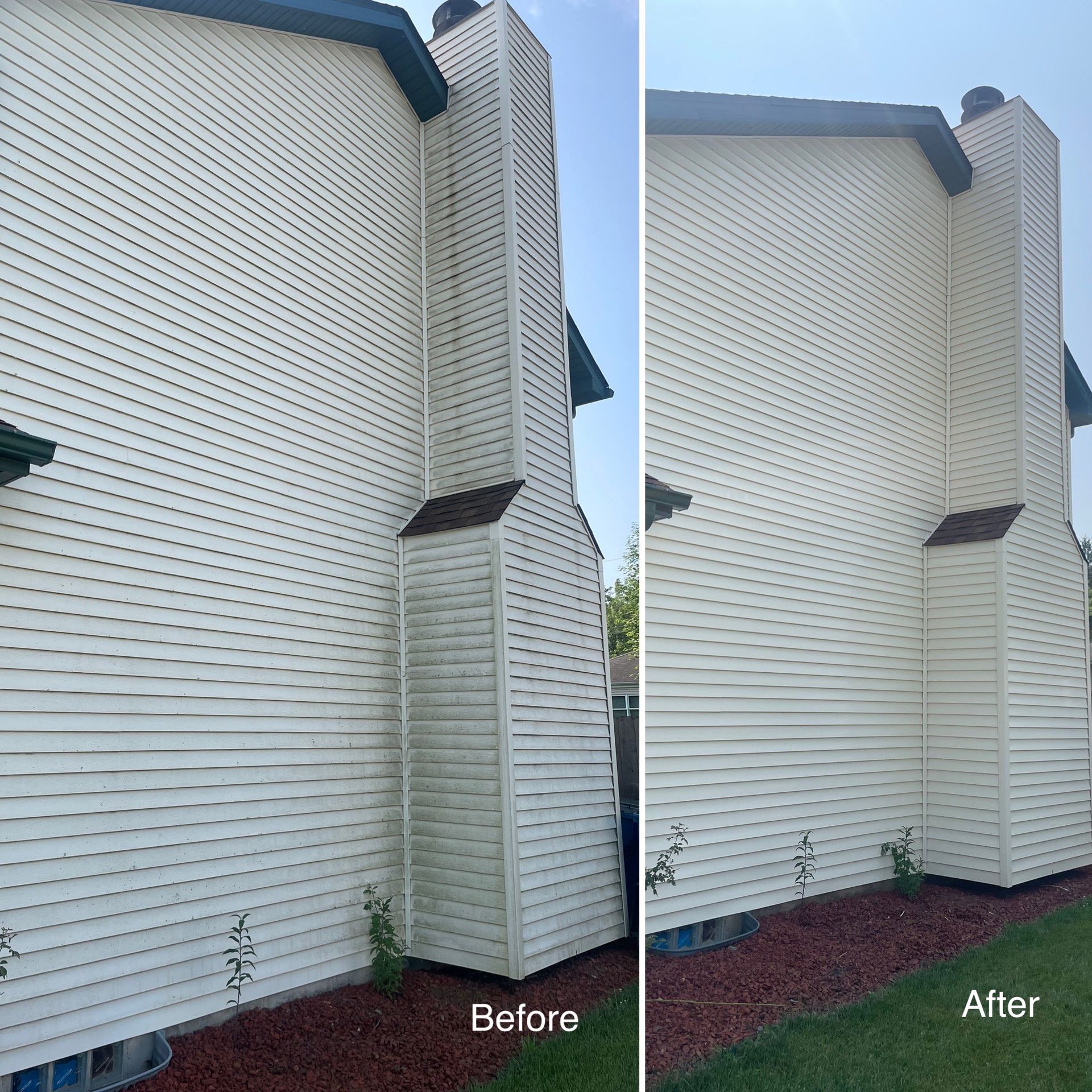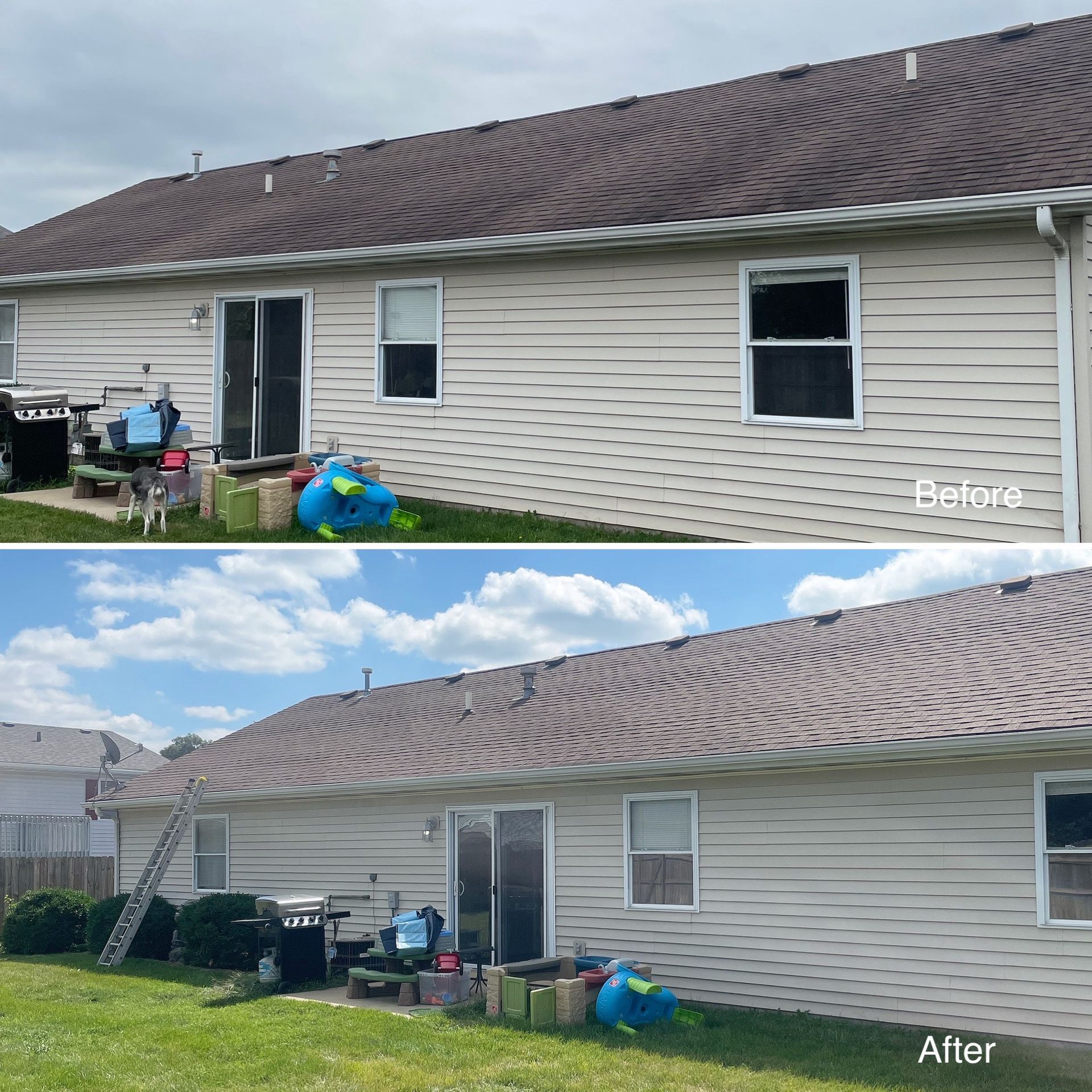Top Tips for Preparing Your Home for a Pressure Washing Appointment
Easy Preparation Tips for Homeowners Before a Professional Pressure Washing Service

Hiring a professional pressure washing service is a great way to clean and revitalize the exterior surfaces of your home, but a little preparation on your end can help ensure that the appointment goes smoothly and yields the best results. Here are the top steps homeowners should take to get their property ready for a pressure washing appointment. Click here to schedule your professional pressure washing service.
1. Clear the Surrounding Area
One of the first things you can do to prepare is to remove any items that might be in the way or could be damaged during the pressure washing process. This step is particularly important if your home has outdoor furniture, potted plants, or other objects that could obstruct the cleaning area.
Steps to Take
- Move Outdoor Furniture: Store patio furniture, grills, and decorations away from the cleaning zones to keep them safe from water and debris.
- Clear Walkways: Ensure pathways and entryways are clear so the crew can access all necessary areas.
- Relocate Vehicles: If you’re having your driveway or garage cleaned, move your car to a different location to avoid water or chemical residue on the paint.
Clearing the area allows the crew to work efficiently, reduces the risk of damage to your belongings, and ensures your property gets cleaned thoroughly.
2. Protect Plants and Delicate Items
While professional pressure washing teams are usually careful around landscaping, it’s a good idea to take a few precautionary measures to protect plants and other delicate items near the areas being cleaned.
How to Safeguard Your Plants
- Cover Sensitive Plants: Use a tarp or plastic sheet to shield plants that are close to the home’s siding or driveway to avoid any unintended spray.
- Remove Fragile Decor: Any fragile garden decor, lawn ornaments, or potted plants near walls or pathways should be temporarily moved away from the cleaning zones.
- Rinse Plants After: If plants are exposed to water or cleaning solution, give them a gentle rinse afterward to minimize any effects.
By taking these simple steps, you help preserve your landscaping and avoid potential harm from overspray or cleaning agents.
3. Close Windows and Doors Tightly
While pressure washing doesn’t usually impact the interior, water could get inside if windows or doors aren’t sealed tightly. Double-checking closures around your home is an easy way to ensure that no water enters during the process.
Why Closing Windows and Doors Matters
- Preventing Water Entry: Pressure washers emit powerful streams that can easily force water through small openings or poorly sealed frames.
- Avoiding Indoor Moisture: Even small amounts of water can lead to interior moisture, which may damage wooden trim or lead to mold growth.
- Protecting Indoor Spaces: In high-pressure zones, like near the edges of doors or window panes, accidental leaks can sometimes occur.
Before the appointment, do a quick walkthrough of your home’s exterior to make sure all windows and doors are tightly closed and securely sealed.
4. Make Plans for Pets and Children
For safety reasons, it’s best to keep pets and children away from areas where pressure washing is taking place. The high-pressure water streams can be hazardous, and the equipment can be loud, which may disturb or scare pets.
Keeping Everyone Safe
- Keep Pets Indoors: Make arrangements for your pets to stay inside or in a secure area where they won’t be affected by the noise or water.
- Plan for Children’s Safety: If young children are around, keep them indoors during the service to avoid any accidental encounters with equipment or water.
- Communicate with Family Members: Ensure everyone in the household is aware of the appointment so they can stay clear of the cleaning zones.
Taking these precautions will help protect your loved ones and create a safer environment for the crew to work.
5. Discuss Specific Areas of Concern with the Service Provider
Before the pressure washing begins, take a moment to discuss any specific areas you’d like the crew to focus on or avoid. This can include problem spots like mildew on siding, oil stains on driveways, or delicate areas that may need a lighter touch.
Why Communication with the Service Provider Is Key
- Setting Expectations: By pointing out specific areas, you set clear expectations, ensuring you’re happy with the results.
- Avoiding Unintended Damage: If there are delicate surfaces, such as antique bricks or fragile wood, the crew can use a gentler approach.
- Identifying Sensitive Areas: Alerting the team to areas of concern, like cracked windows or damaged siding, helps them tailor their approach to avoid further issues.
Open communication with the service provider can enhance the quality of the job and help you achieve the exact results you’re hoping for.
Preparing for a pressure washing appointment is simple but essential to ensure that the service goes smoothly and your property remains protected. From clearing the surrounding area and protecting plants to closing windows tightly and discussing specific needs with your service provider, these steps help create a safe and efficient environment for the pressure washing crew. By following these tips, you’ll set yourself up for a successful appointment and achieve the best possible results for your home’s exterior.
FAQs
How long does a typical pressure washing appointment take?
The length of an appointment depends on the size of the area and the amount of buildup but generally takes between 1 to 3 hours.
Do I need to be home during the pressure washing service?
It’s not required, but being home can be helpful if the team has questions or needs access to certain areas.
Will pressure washing harm my plants?
Professionals typically avoid spraying directly on plants, but it’s still wise to cover or relocate any sensitive plants near cleaning zones.
Can pressure washing damage my windows?
When done properly, pressure washing is safe for windows, but it’s essential to ensure they’re tightly closed and notify the crew of any existing cracks.
Do I need to provide water for the pressure washing team?
Most teams connect to the homeowner’s water supply, so make sure any outside water spigots are accessible.
